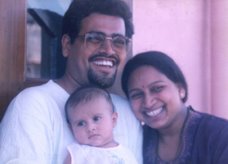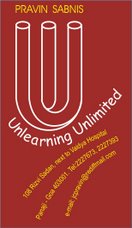I have my
justifications for stomping his devious plan
I have my explanations... for killing that old man!
I have my explanations... for killing that old man!
It was time for him to
recede and retire
But the old man chose to stoke the fire...
He ignored the violent reaction of our rage clan
He paid for his crime... that stupid old man!
But the old man chose to stoke the fire...
He ignored the violent reaction of our rage clan
He paid for his crime... that stupid old man!
Might is right is the
brutal fact of my dare
I hate those who stand for values they care...
Imagine the audacity of doing what he can
He deserved to die... that obstinate old man!
I hate those who stand for values they care...
Imagine the audacity of doing what he can
He deserved to die... that obstinate old man!
He should have played
dead to the things I do
But he kept asking those damn questions too...
I have the support of many an angry fan
They will argue my defense... for killing an old man!
But he kept asking those damn questions too...
I have the support of many an angry fan
They will argue my defense... for killing an old man!
Don't call me a
murderer, I have a better word
It was to stop those who step out of the herd...
Those who step out of the herd, deserve a tan
He deserved to die... that foolish old man!
It was to stop those who step out of the herd...
Those who step out of the herd, deserve a tan
He deserved to die... that foolish old man!
Don't you call me a
coward just because I hide
Don't you forget that I have powers on my side...
I will kill again those that oppose my plan...
I will kill again and again... all such old men!
Don't you forget that I have powers on my side...
I will kill again those that oppose my plan...
I will kill again and again... all such old men!
How dare he play alive
in the Kingdom of the dead
How dare he put proactivism in many a head...
This killing will deter his colleague young men
If not, they too will die... before they are old men!
How dare he put proactivism in many a head...
This killing will deter his colleague young men
If not, they too will die... before they are old men!
When I look into the
future, I see me as a celebrated hero
As my actions will not be challenged by the modern Nero
Like before, I will kill again to a similar plan
Yet he keeps alive... that bloody old man!
As my actions will not be challenged by the modern Nero
Like before, I will kill again to a similar plan
Yet he keeps alive... that bloody old man!
- Pravin K. Sabnis
(Written on 20 February 2015 Triggered by the cowardly killing of yet another old
man who stood up to the crooks)


